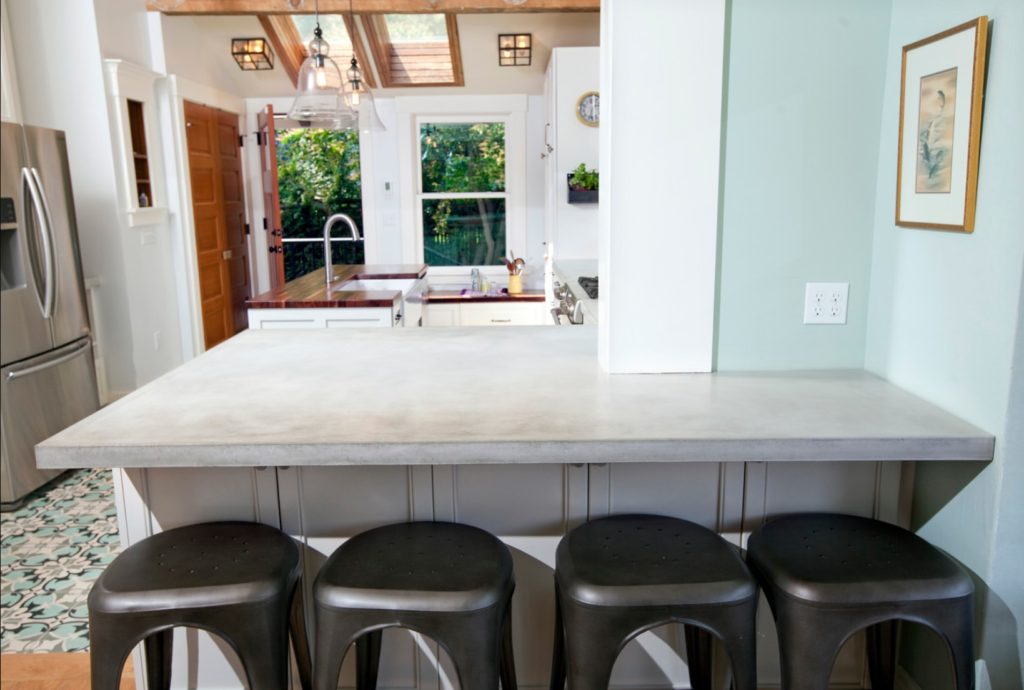
Historically, remodelers had to expend a great deal of pre-planning, researching and engineering to meet the requests of clients desiring heated countertops. This made the feature expensive and limited to high-end homeowners and businesses.
Here’s Why Heating Concrete Countertops is No Longer a Challenge:
Heating Countertop History 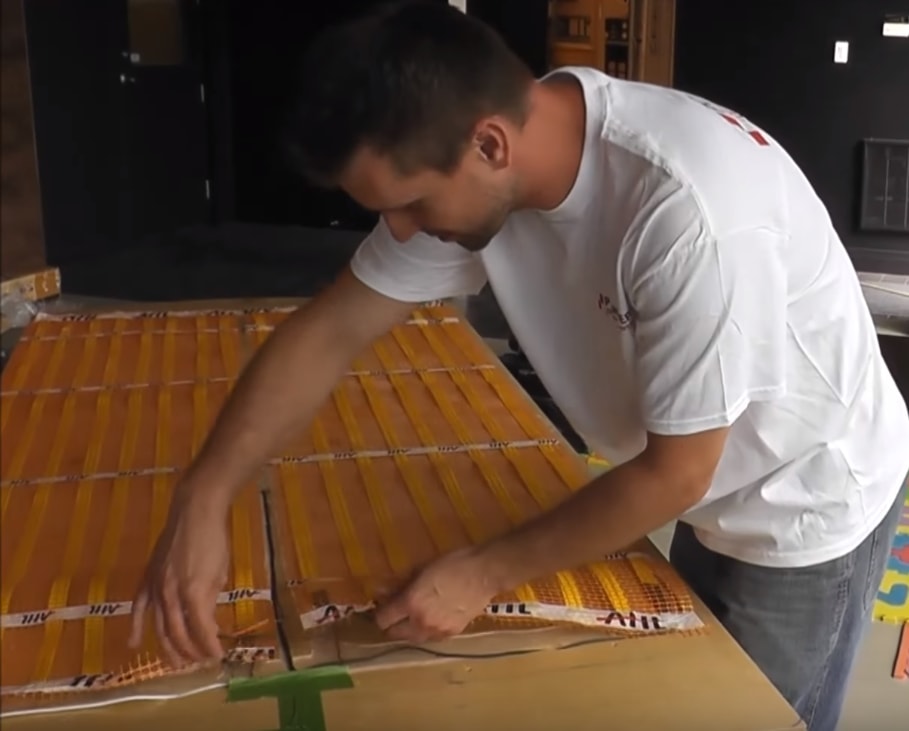
The original method of heating countertops was to utilize floor heating coils and place them onto the substrate that the pre-poured concrete countertop rests upon. The contractor needed to create channels in the substrate so that the thick wires could rest below the surface of the plywood and not get compressed by the concrete.
In addition, floor heating mats commonly draw a significant amount of power, making it very challenging for a renovation of an existing finished home.
The overall process to prepare and design the heating solution commonly took 4-8 hours.
Specially Designed Heating Mats
In recent years, the countertop heating solution has transitioned from floor heating to ultra-thin heating mats that are created specifically for countertop use.
The new generation of heating mats provides a breakthrough for three reasons: 
1. They are produced using thin highly-ductile foil that can be compressed by hundreds of pounds. This thinness also enables the pads to be attached directly to the pre-formed concrete countertop under an overhang area without requiring the substrate to extend to the overhang edge.
2. The mats are custom- produced to any shape or size to match the countertop and cabinet design. Plus the mats are usually not sized for the entire counter. They are just placed in specific selected areas – typically just where people rest their arms.
3. The new style of heating pads operates on low voltage, utilizing common power transformers that plug into standard outlets.
Three Basic Installation Types
Despite a wide variety of custom countertop and cabinet designs, there are generally two basic approaches that concrete countertop heating pad manufacturers take into consideration when designing the pad. A third option exists for concrete counter fabricators who want to integrate the heater into the wet concrete. 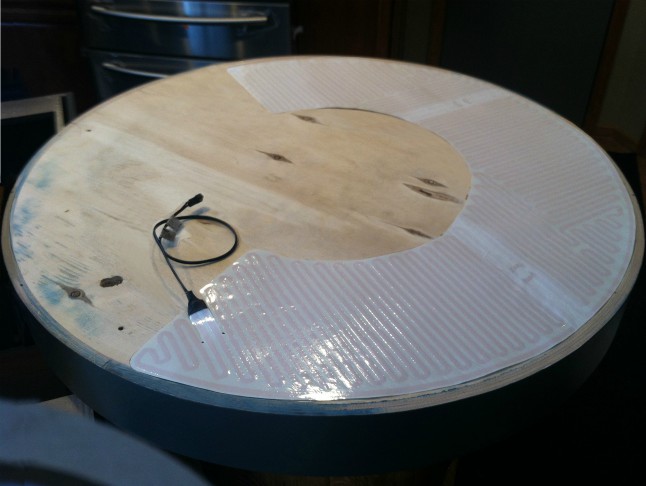
1. No Overhangs/Full Substrate: The heater is simply rolled out onto the substrate and the tail of the heaters is fed down into a small hole.
Next, the concrete counter can be placed directly on top of the heater. The material construction of the heater can handle the weight of the concrete without damage.
2. Overhangs and Cabinets Without Substrates: The heater is mounted onto the underside of the concrete and will remain permanently attached. For heater installations with a countertop overhang, the heater is attached to the
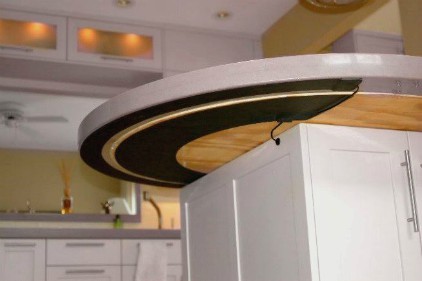
concrete overhang ½” away from the outer edges. If the heater is being attached after the concrete is on the cabinet or is an aftermarket installation, the heater may have cut-outs or unique shapes that accommodate corbels, supports, or other features of the cabinet.
3. Embedding the Heater into the Concrete During Pouring: A third option is to integrate the heating pad within the concrete as the top is being formed, submerging the heating pad when the concrete is partially poured into the form, then covering the heater with additional wet concrete. This approach requires a slightly modified heater that has the electrical cord well protected from the rigors of handling and chemistries. A special rugged strain relief is utilized with the cord for this purpose.

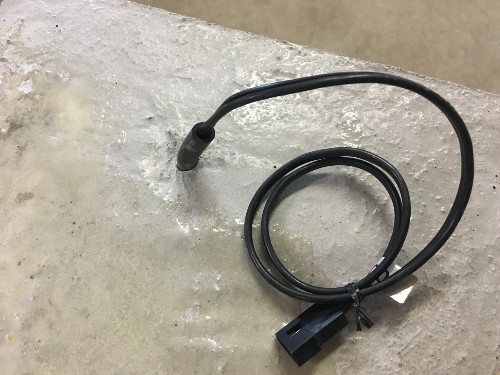
Finally, the heater is plugged into the controller, the controller into the transformer, and the transformer into the outlet.
Want to learn more about heating concrete, granite or quartz countertops? Click here to see how it works.

